BIOL 1037 test 2 quiz questions
1/32
There's no tags or description
Looks like no tags are added yet.
Name | Mastery | Learn | Test | Matching | Spaced |
|---|
No study sessions yet.
33 Terms
Plants are in a clade with __________ within the clade Archaeplastida
Phaeophyta
Chlorophyta
Dinoflagellata
Bacillariophyta
Euglenophyta
chlorophyta
SELECT ALL OF THE CORRECT ANSWERS. All plants have:
Photosynthesis, or secondary loss of photosynthesis
Gametes produced by mitosis
Sporic meiosis (alternation of generations)
Flowers
Vascular tissue
Multicellularity
Seeds
Spores
Photosynthesis, or secondary loss of photosynthesis
Gametes produced by mitosis
Sporic meiosis (alternation of generations)
multicellularity
spores
The photosynthetic part of mosses (phylum Bryophyta) is:
Haploid gametophyte
Diploid sporophyte
Diploid gametophyte
Haploid sporophyte
haploid gametophyte
Select ALL of the correct symplesiomorphies of the bryophytes.
Spores produced in hornlike structures
Simple flowers
No vascular tissue
Small size (relative to other plant clades)
Gametophyte dominant
Water required to transfer sperm
No vascular tissue
Small size (relative to other plant clades)
Gametophyte dominant
Water required to transfer sperm
Select ALL of the appropriate answers. Hornworts are characterized by:
Palm tree-shaped archegoniophores
Gametophyte dominant
Umbrella-shaped antheridiophores
Gametophyte sheet-like
Gemma cups
Photosynthetic sporophyte
gametophyte dominant
gametophyte sheet-like
photosynthetic sporophyte
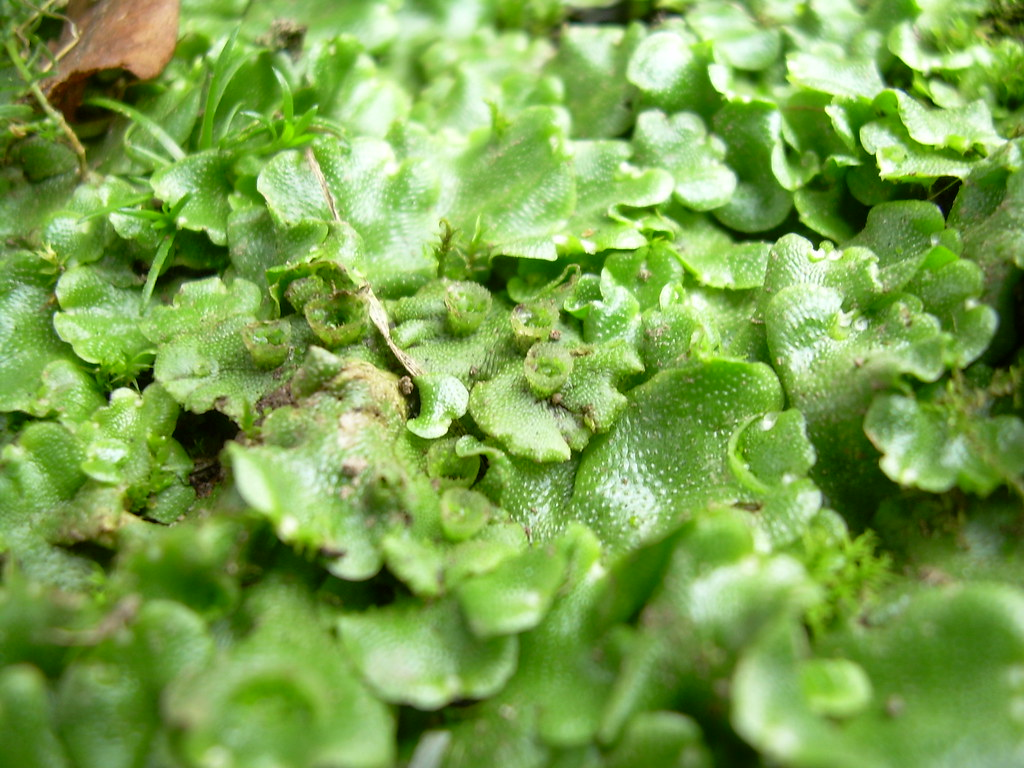
what phylum does this plant belong to
hepatophyta
a structure that changes shape or position with changes in moisture is:
hygroscopic
Seedless vascular plants include which of the following phyla?
Lycophyta
Hepatophyta
Anthophyta
Ginkgophyta
Psilophyta
Equisetophyta (Arthrophyta)
Coniferophyta
Pteridophyta
lycophyta
psilophyta
equisetophyta (arthrophyta)
pteridophyta
Seedless vascular plants share which of the following characteristics? (Select ALL that apply)
Flowers and fruits
Vascular tissue
Diploid gametophytes
Dominant sporophytes
Naked seeds
vascular tissue
dominant sporophytes
a microphyll
has one strand of vascular tissue
Which of these phyla is not in the superphylum Monilophyta?
Pteridophyta
Lycophyta
Psilophyta
Equisetophyta
lycophyta
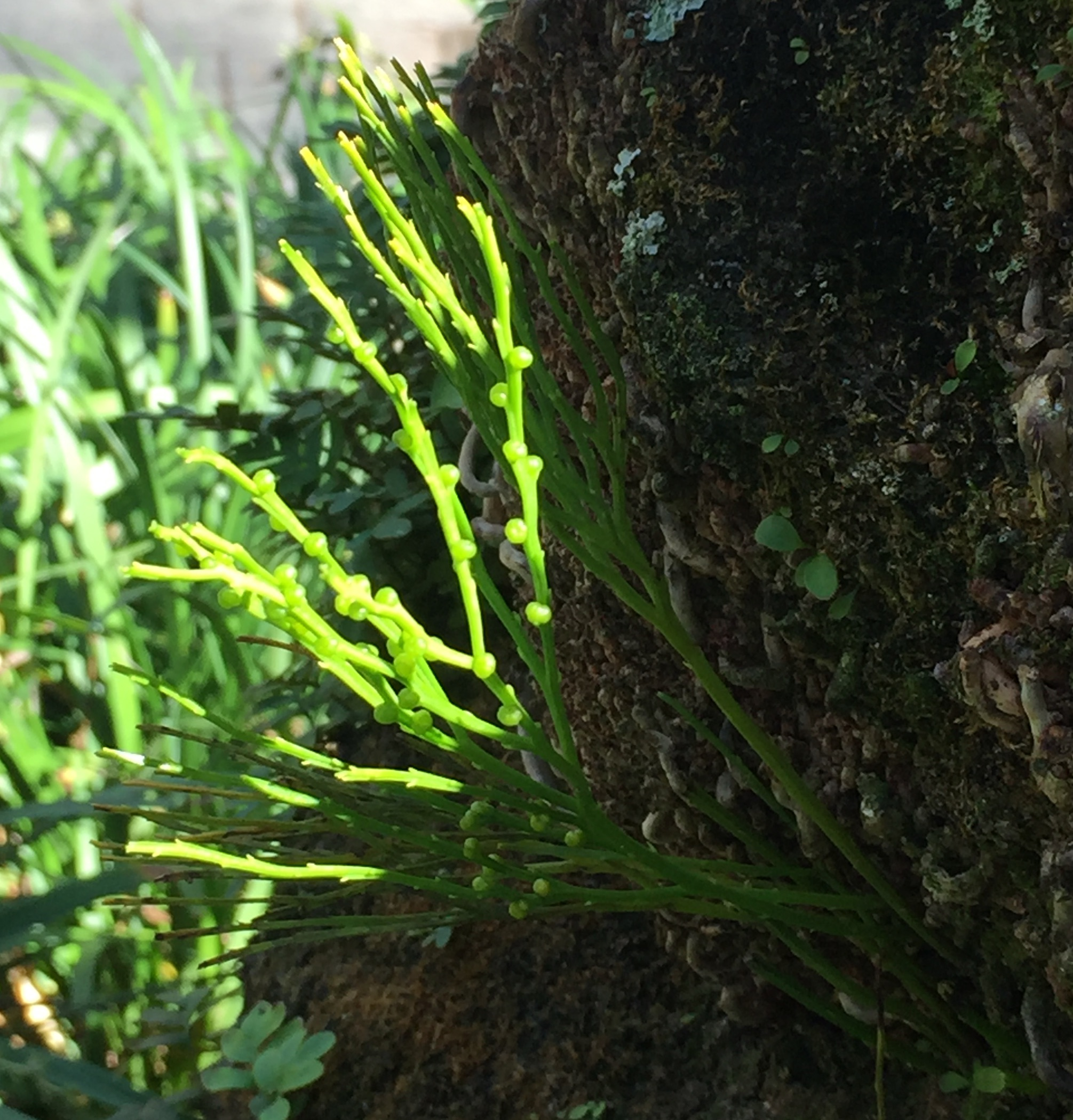
what phylum
psilophyta
What is the alternative name for the fully-developed gametophyte in ferns (Phylum Pteridophyta)?
prothallus
An underground, laterally growing stem found in ferns is called the:
rhizome
Which phylum has heterosporous members? (Select ALL that apply)
Lycophyta
Pteridophyta
Equisetophyta
Psilophyta
lycophyta
pteridophyta
Select all of the characteristics shared by ALL gymnosperms.
Flowers
Photosynthetic gametophyte
Heterosporous
Sporophyte dominance
Fruits
Vascular tissue
Seeds
heterosporous
sporophyte dominance
vascular tissue
seeds
Select ALL of the phyla of gymnosperms.
Anthophyta
Cycadophyta
Bryophyta
Gnetophyta
Pteridophyta
Anthocerophyta
Ginkgophyta
Equisetophyta
Hepatophyta
Lycophyta
Coniferophyta
Psilophyta
cycadophyta
gnetophyta
ginkgophyta
coniferophyta
Select all of the DIPLOID structures.
Megagametophyte
Bark
Leaves
Megaspore
Microsporophylls
Pollen grain
Microsporocyte
bark
leaves
microsporophylls
microsporocyte
Which cells will undergo meiosis? Select all that apply.
Microsporocyte
Megasporocyte
Microgametophyte
Microspore
Megagametophyte
Megaspore mother cell
microsporocyte
megasporocyte
megaspore mother cell
Seeds: (select all that apply)
Contain a new embryonic sporophyte
Are only found in homosporous plant phyla
Are multicellular
Contain a food source for the new plant
Are haploid
Are a 'telescoping of generations'
Have totipotent cells
Result from fertilization
contain new embryonic sporophyte
are multicellular
contain a food source for the new plant
are a ‘telescoping of generations’
result from fertilization
Flowering plants have which of the following features? For full credit, select ALL of the correct answers and NONE of the incorrect answers
Homosporous
Sporophyte dominant
Fruits
Heterosporous
Vascular tissue
Seeds
Gametophyte dominant
sporophyte dominant
fruits
heterosporous
vascular tissue
seeds
Only flowering plants produce fruits, and all flowering plants produce a fruit: T or F
true
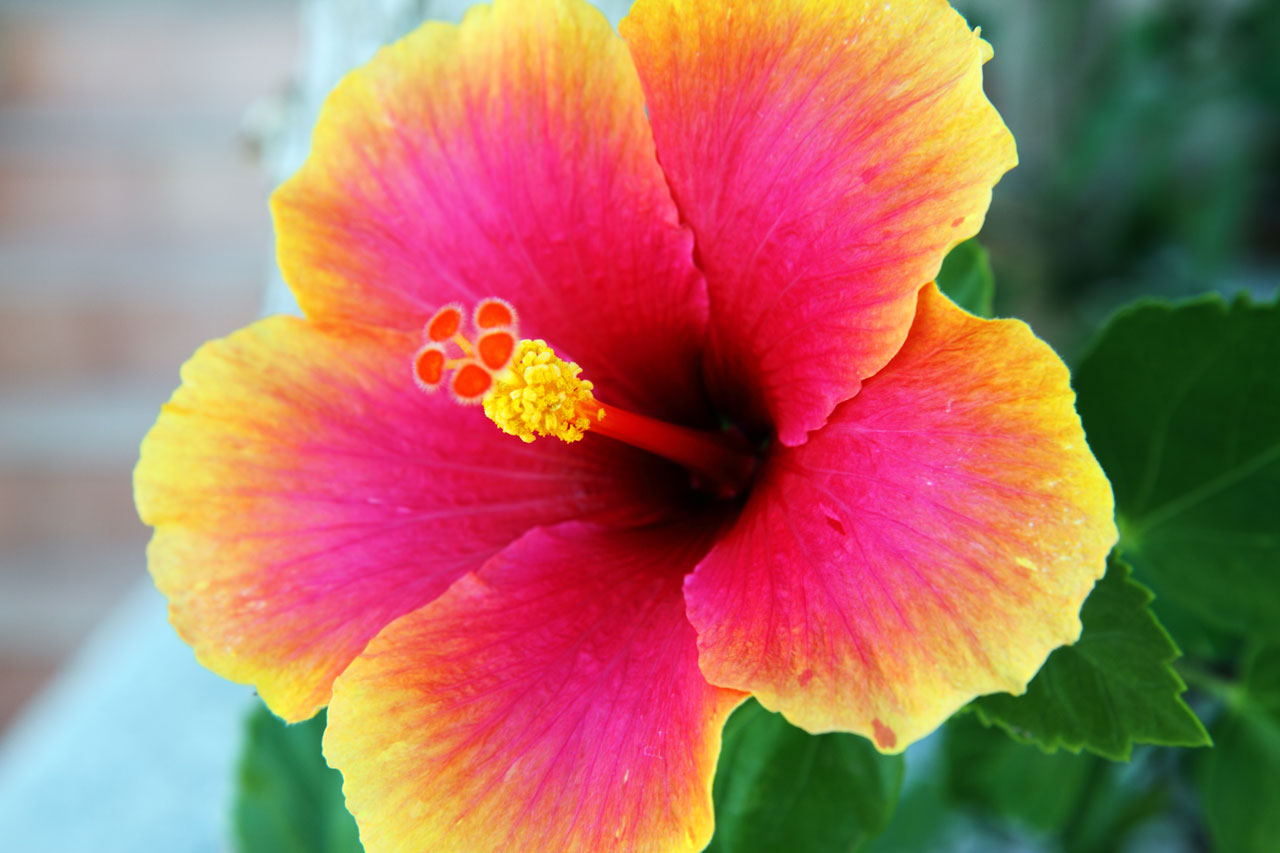
this demonstrates adnation between:
androecium and gynoecium
A tubular corolla means a flower has:
connation in the corolla
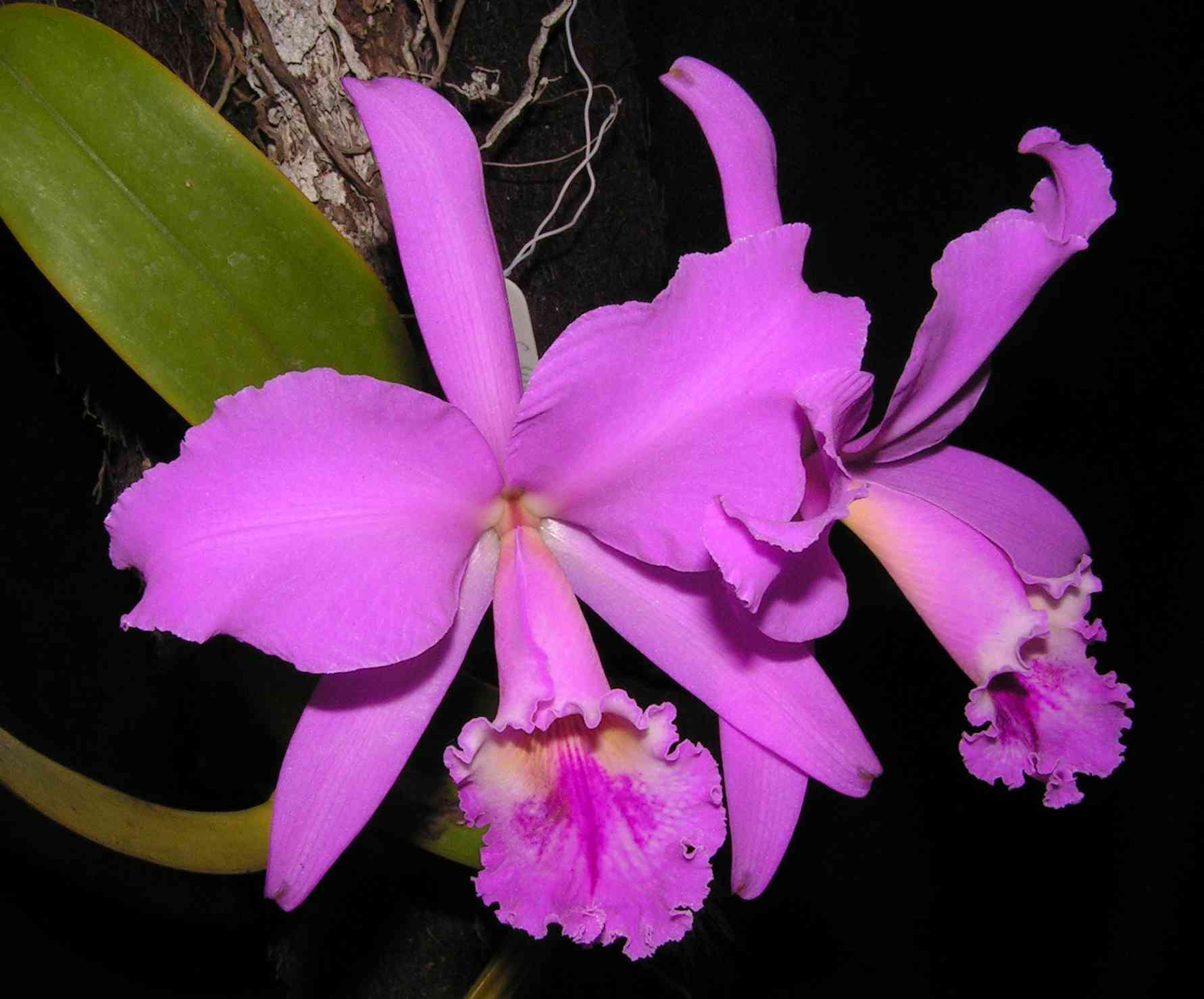
orchids are in which group of flowering plants
monocots
Which of the following cells in the megagametophyte has two nuclei?
Antipodal cell
Central cell
Egg cell
Synergid
central cell
Double fertilization means both sperm fuse with cells in the megagametophyte. Which cells do they fuse with?
Two of the three antipodal cells
Egg and polar nuclei
Egg and one of the synergid
Both of the synergids
egg and polar nuclei
Dandelions are adapted for bee pollination and wind dispersal of the seeds. This is:
Melittophily and anemochory
Anemophily and ectozoochory
Ornithophily and endozoochory
Magic
melittophily and anemochory
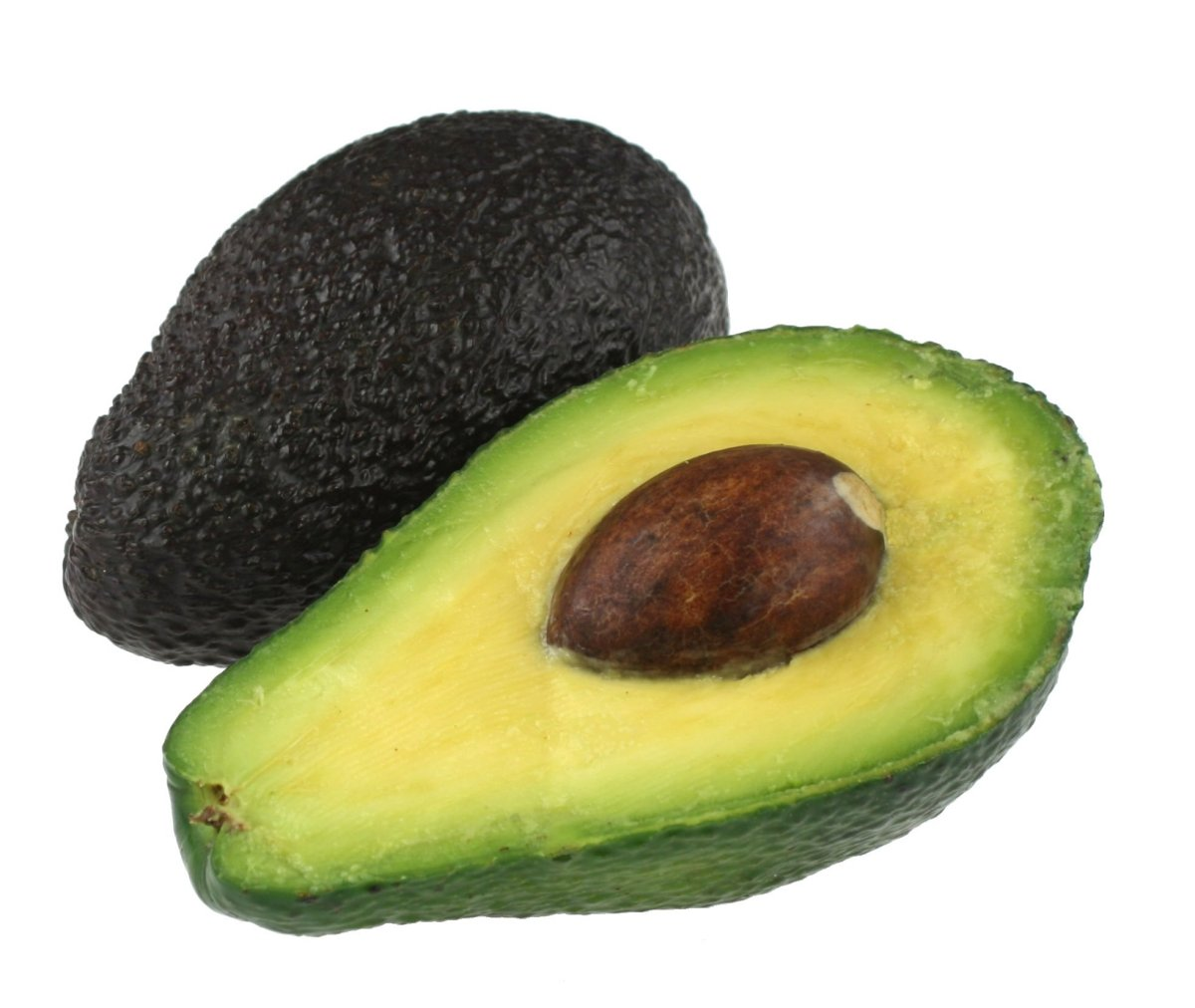
An avocado has a fleshy mesocarp and a large seed in the middle. Botanically speaking, avocados are:
berries
drupe
fleshy mesocarp with stony endocarp
samara
dry indehiscent fruit with a wing or wings
achene
dry indehiscent fruit attached to the seed at a single point
follicle
dry, dehiscent fruit that opens along a single structure